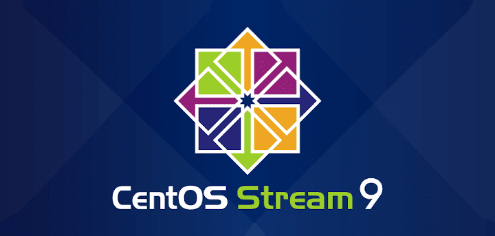
Initial Settings
Configure Sudo to separate users' duty if some people share privileges. It does not need to install sudo manually because it is installed by default even if Minimal installed environment.
Step [1] Transfer root privilege all to a user.
[root@bizantum ~]# visudo
# add to the end: user [cent] can use all root privilege
cent ALL=(ALL) ALL
# how to write ⇒ destination host=(owner) command
# verify with user [cent]
[cent@bizantum ~]$ /usr/bin/cat /etc/shadow
/usr/bin/cat: /etc/shadow: Permission denied # denied normally
[cent@bizantum ~]$ sudo /usr/bin/cat /etc/shadow
Password: # user's own password
.....
.....
systemd-oom:!*:18957::::::
systemd-resolve:!*:18957:::::: # just executed
Step [2] In addition to the setting of Step [1], set some commands prohibit.
[root@bizantum ~]# visudo
# line 25 : add
# for example, set alias for the kind of shutdown commands
Cmnd_Alias SHUTDOWN = /usr/sbin/halt, /usr/sbin/shutdown, \
/usr/sbin/poweroff, /usr/sbin/reboot, /usr/sbin/init, /usr/bin/systemctl
# add ( prohibit commands in alias [SHUTDOWN] )
cent ALL=(ALL) ALL, !SHUTDOWN
# verify with user [cent]
[cent@bizantum ~]$ sudo /usr/sbin/reboot
[sudo] password for cent:
Sorry, user cent is not allowed to execute '/usr/sbin/reboot' as root on bizantum.local. # denied normally
Step [3] Transfer some commands with root privilege to users in a group.
[root@bizantum ~]# visudo
# line 25 : add
# for example, set alias for the kind of user management commands
Cmnd_Alias USERMGR = /usr/sbin/useradd, /usr/sbin/userdel, /usr/sbin/usermod, \
/usr/bin/passwd
# add to the end
%usermgr ALL=(ALL) USERMGR
[root@bizantum ~]# groupadd usermgr
[root@bizantum ~]# usermod -aG usermgr redhat
# verify with user [redhat]
[redhat@bizantum ~]$ sudo /usr/sbin/useradd testuser
[redhat@bizantum ~]$ sudo /usr/bin/passwd testuser
Changing password for user testuser.
New UNIX password:
Retype new UNIX password:
passwd: all authentication tokens updated successfully. # just executed
Step [4] Transfer a command with root privilege to a user
[root@bizantum ~]# visudo
# add to the end : settings for each user
fedora ALL=(ALL) /usr/sbin/visudo
ubuntu ALL=(ALL) /usr/sbin/useradd, /usr/sbin/userdel, /usr/sbin/usermod, /usr/bin/passwd
debian ALL=(ALL) /usr/bin/vi
# for example, verify with user [fedora]
[fedora@bizantum ~]$ sudo /usr/sbin/visudo
## Sudoers allows particular users to run various commands as
## the root user, without needing the root password.
## # just executed
Step [5] It's possible to display Sudo logs on Journald ( with [journalctl] command ) or Rsyslogd ( in [/var/log/secure] file ), however, if you'd like to keep only Sudo logs in another file, Configure like follows.
[root@bizantum ~]# visudo
# add to the end
# for example, output logs to [local1] facility
Defaults syslog=local1
[root@bizantum ~]# vi /etc/rsyslog.conf
# line 46,47 : add like follows
*.info;mail.none;authpriv.none;cron.none;local1.none /var/log/messages
local1.* /var/log/sudo.log
# The authpriv file has restricted access.
authpriv.* /var/log/secure
[root@bizantum ~]# systemctl restart rsyslog









Comments
Post a Comment
Thank you for your comment! We appreciate your feedback, feel free to check out more of our articles.
Best regards, Bizantum Blog Team.